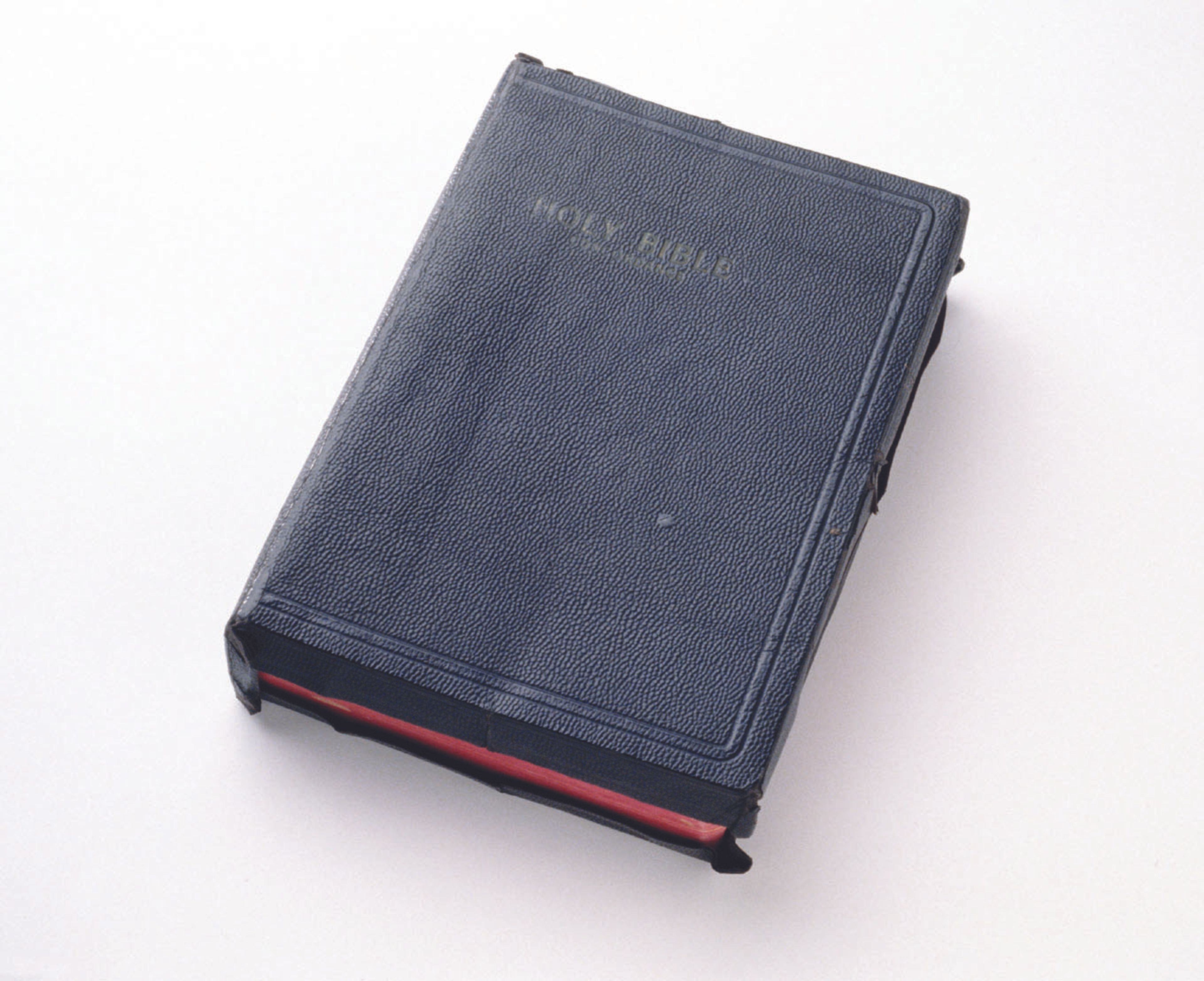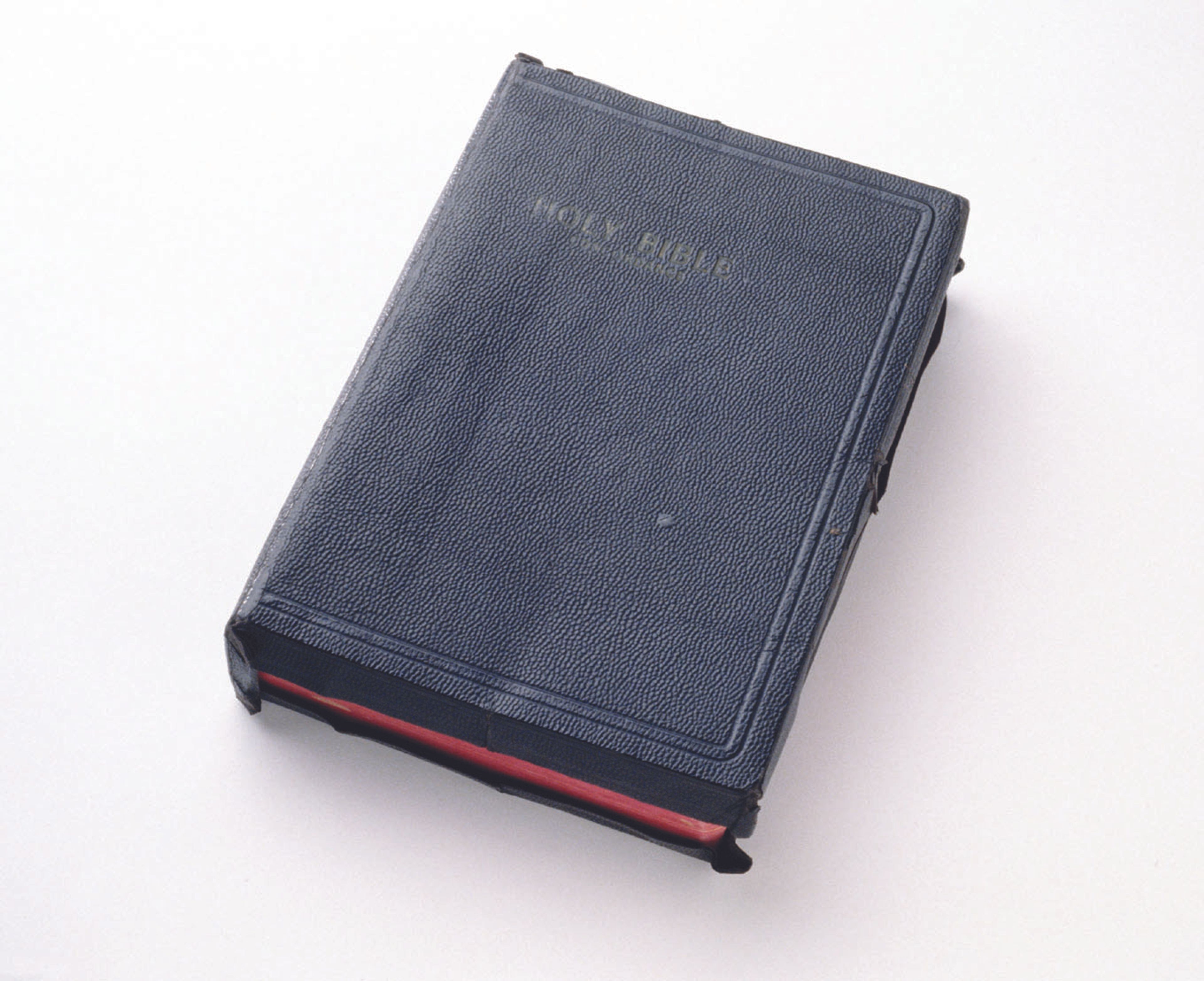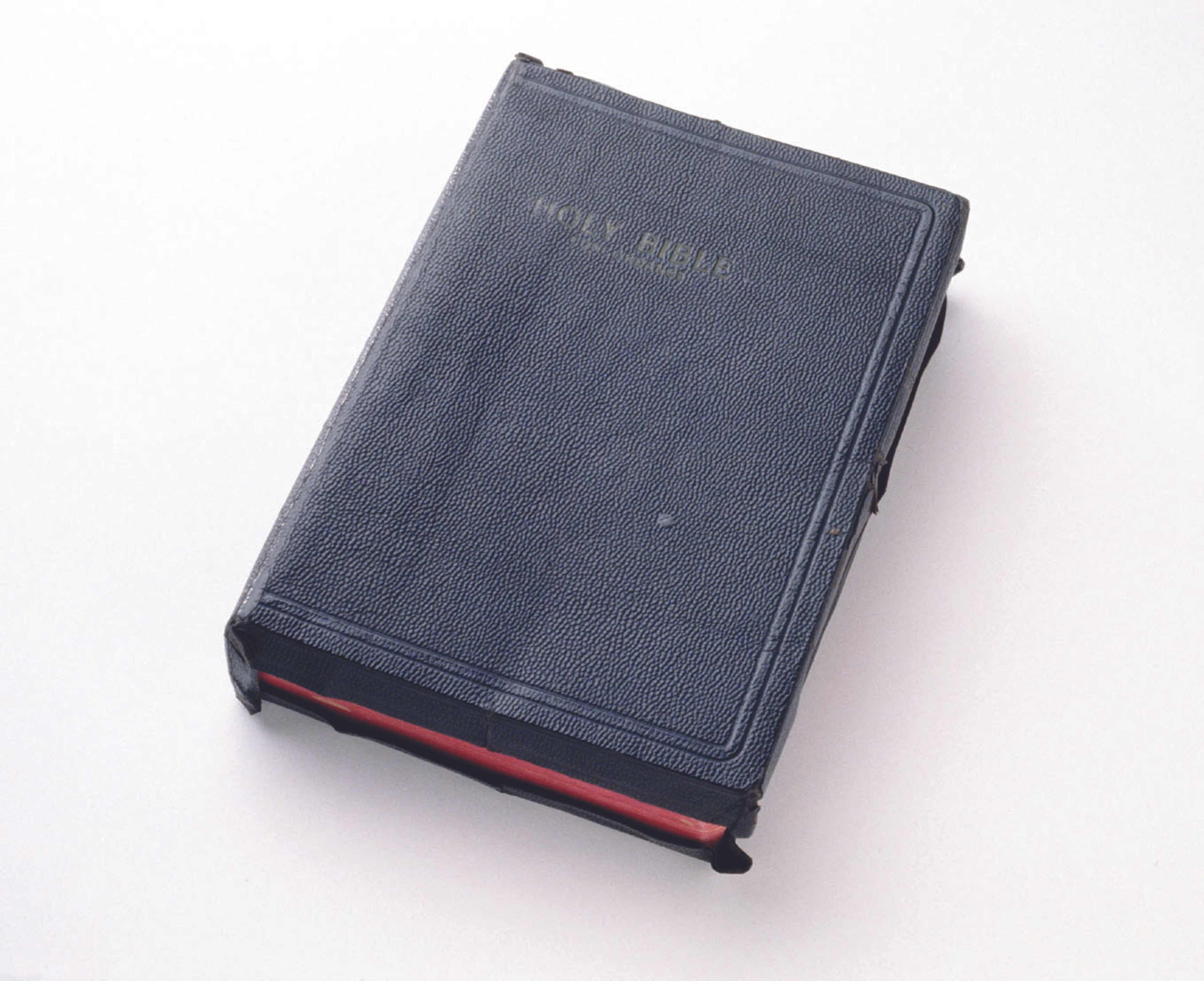Does leap year appear on the calendar every four years? The answer, which is no, may prove surprising.
Going back roughly a century, the unfolding 1890s were leading to a rather interesting omission. As 1892 and 1896 were leap years, calendar watchers might have guessed that 1900 would fall in line and also contain an extra day in February. But it didn't happen. By contrast, in the more recent setting, no similar omission occurs. In other words, 1992 and 1996 were each leap years -- and so is 2000. This lack of similarity stems from a subtlety in the calendar's construction. So unusual, in fact, that 2000 stands out as the first centesimal year since 1600 to have a leap-year day.
Many calendar oddities have their roots in a long-ago setting of time-measure confusion. Leap-year frequency happens to be one of them.
Day-of-the-week occurrence is another. For example, the first day of the 20th century, Jan. 1, 1901, fell on a Tuesday. Interestingly, no century can begin on a Sunday, Wednesday or Friday.
Because of the 400-year cycle of date-day repetition in the current calendar, it can be shown that millennia begin only on Mondays and Thursdays, a fact illustrated nicely by Monday, Jan. 1, 2001. More impressively, super-millennia can begin only on a Monday, as is the case for Jan. 1, 10001, or Jan. 1, 20001.
The current calendar, dating from Friday, Oct. 15, 1582, generates other intriguing date-day patterns as well. Roots nevertheless lie in a highly remote setting of calendar history.
Ancient calendar designers noted a certain discrepancy in shadow lengths at noon on the "longest" day of the year. Changes in this shadow length over a four-year period, in particular a "leaping back" of the shadow every fourth year, led to some clarification of a year's length and a better understanding of day and year connections.
The calendar used today, sometimes called the Gregorian calendar, contains this leap-year feature but in a way that is slightly different from the ancient Julian calendar.
Accordingly, year numbers that can be divided by 4 are leap years, unless they are centesimal years -- that is, year numbers ending in double zeroes. In the case of a double-zero ending, the year is counted as a leap year only if divisible by 400.
Hence, 1700, 1800 and 1900 were not leap years, although 2000 is. It is thus possible to go through an eight-year period of time without a leap year in between (as happened between 1896 and 1904).
The reason underlying this is the fact that a year is about a fourth of a day more than 365 days. This fractional part is actually an overestimate, in which case a further adjustment proves necessary. The 400-year rule is a step in making this adjustment, though the calendar remains in error by three days every 10,000 years. The Gregorian calendar, as projected above, fails to take this discrepancy into account. Future revisions will require repeated refinements.
Again, the year 2000 as well as 2400, 2800, 3200 and so forth will be leap years. For a person to see a centesimal year which is not a leap year, he or she would have to live to see 2100. However, the real rarity is what happens this time.
As the calendar is periodic with intervals of date-day repetition equal to 400 years, it follows that leap-year day in centesimal years will always fall on Tuesday.
Enjoy this leap-year day of a centesimal year. It will not happen again for four centuries.
Richard L. Francis is a professor of mathematics at Southeast Missouri State University in Cape Girardeau.
Connect with the Southeast Missourian Newsroom:
For corrections to this story or other insights for the editor, click here. To submit a letter to the editor, click here. To learn about the Southeast Missourian’s AI Policy, click here.








